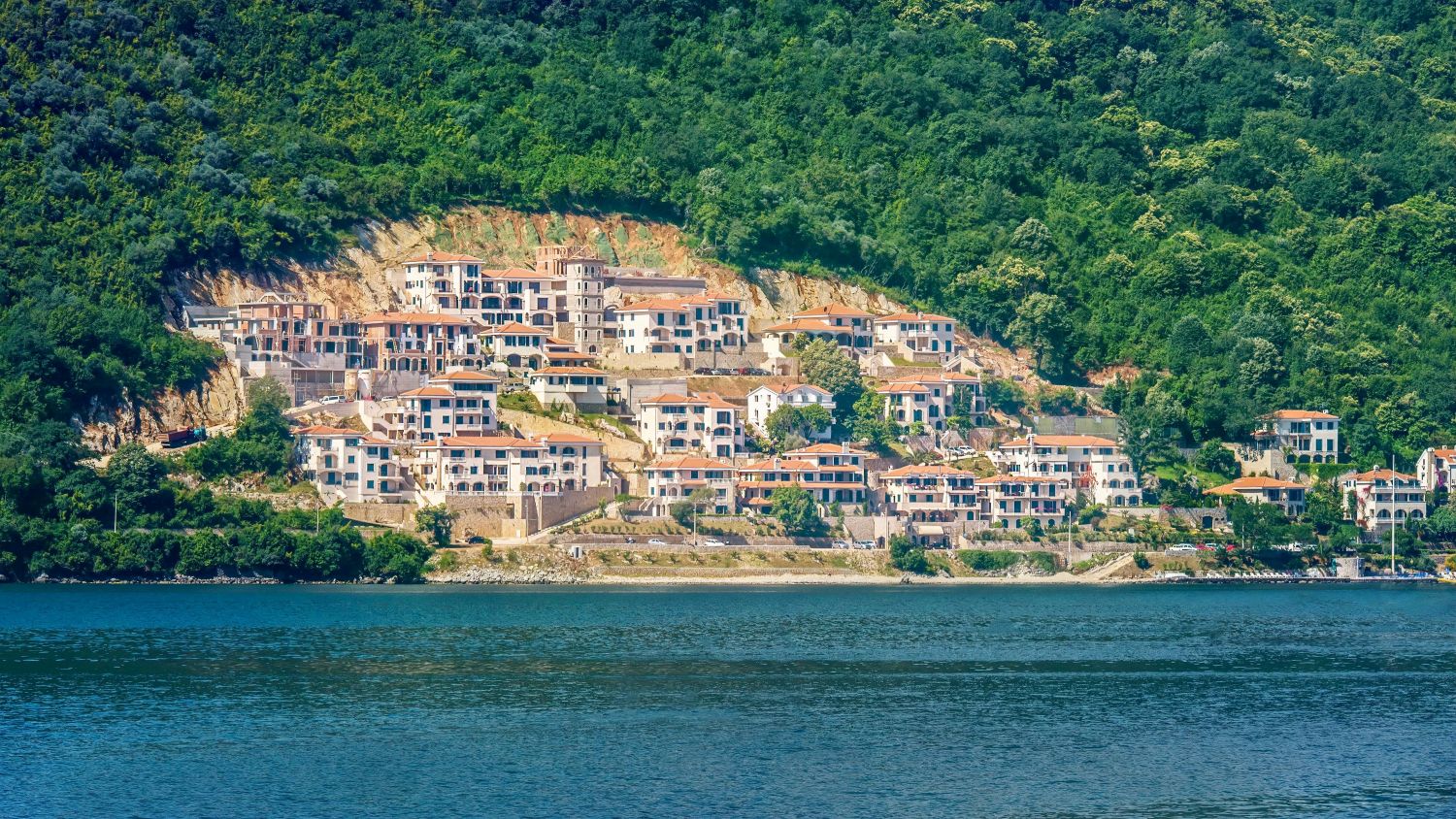The alarming loss of trees to construction and the urgent need for protection
Our planet's forests and tree cover are under attack, facing an escalating threat that jeopardises both ecological stability and human well-being. Construction projects worldwide, driven by urbanisation and development, are a primary driver of this destruction, sacrificing irreplaceable trees that purify our air, sustain biodiversity, regulate our climate and enhance our quality of life. The consequences of this relentless clearing extend far beyond the immediate construction site, demanding urgent and strengthened protection measures writes John Ridgeway.
Over the past 50 years, the expansion of cities, the development of sprawling infrastructure, and the relentless pursuit of economic growth have exacted a heavy toll on global tree cover. While precise figures are elusive due to fragmented data, the scale of loss is immense. The Food and Agriculture Organization of the United Nations (FAO) estimates that approximately 420 million hectares of forest have been lost globally since 1990. A significant portion of this deforestation can be attributed to construction-related activities, particularly in rapidly urbanising areas across Asia, Africa and South America, where megacity growth and large-scale infrastructure projects have decimated countless trees. This destruction is not a relic of the past, but an ongoing crisis, demanding immediate action to safeguard these vital ecosystems.
Unfortunately, the loss of trees due to construction is not a phenomenon of the past - it is an ongoing and accelerating crisis. The world's population continues to grow, with an increasing proportion living in urban areas. This urbanisation necessitates more construction, leading to further pressure on existing tree cover.
To make matters worse, many countries are investing heavily in infrastructure projects, including roads, railways, and airports. These projects often require clearing large areas of land, resulting in significant tree loss. In many regions, regulations designed to protect trees during construction are also poorly enforced, particularly when developers prioritise economic gains over environmental concerns. All this means that rapid development in many developing countries often comes at the cost of deforestation, as trees are cleared to make way for construction projects.
Why protect trees during construction?
We all know that trees are frequently in the way when it comes to construction, but protecting them during building work is not merely an environmental nicety - it's a fundamental necessity. Trees absorb carbon dioxide, a major greenhouse gas and release oxygen, improving air quality and mitigating climate change. They also provide food, shelter, and breeding grounds for diverse wildlife, preserving ecosystems.
Equally as important, trees help regulate water flow, preventing soil erosion, reducing the risk of floods and filtering pollutants. Their roots hold the soil together, preventing erosion and maintaining its fertility.
For developers, mature trees enhance the aesthetic appeal of properties and increase their market value. Trees further provide shade, reducing the need for air conditioning, lowering energy costs. Longer term, sustainably managed forests provide valuable resources for construction and other industries.
However, while the problem is widespread, some countries and cities are taking steps to protect trees during construction. In the US, for example, many cities have tree protection ordinances that require developers to obtain permits before removing trees and to implement tree protection plans during construction. Programmes like LEED (Leadership in Energy and Environmental Design) encourage sustainable construction practices, including tree preservation.
In Australia, regulations vary by state and territory, but often include requirements for tree surveys, tree protection zones and penalties for unauthorised tree removal. In urban areas like Melbourne, councils often have specific guidelines for protecting significant trees during development projects.
Singapore, known as a "City in a Garden,” has a strong emphasis on urban greening and tree conservation. Regulations protect trees on both public and private land and developers are often required to incorporate existing trees into their designs. Similar regulations apply in Germany, the UK and Canada.
Consequences of tree destruction
This is because the destruction of trees during construction has severe and long-lasting consequences, exacerbating the broader problem of global deforestation, which contributes to climate change by releasing stored carbon dioxide into the atmosphere.
The destruction of habitats also leads to a decline in plant and animal species, disrupting ecosystems. Without tree roots to hold the soil, construction sites also become vulnerable to erosion and landslides, especially in hilly areas.
Trees help absorb rainwater and regulate water flow. Their removal can increase the risk of flooding, particularly in urban areas, where the loss of trees can also exacerbate the "heat island effect," leading to higher temperatures and increased energy consumption.

In economic terms, the removal of mature trees can reduce the aesthetic appeal and market value of properties. Damage to infrastructure from flooding and landslides can further lead to costly repairs and maintenance, but most importantly, the destruction of forests deprives us of valuable resources such as timber, medicinal plants and other natural products.
The rapid expansion of cities has already involved clearing large areas of forests and green spaces to make way for buildings, roads and infrastructure. For example, the expansion of cities like Los Angeles and Sao Paulo has led to the loss of vast tracts of natural habitat.
The construction of new highways and roads often requires the removal of trees along the route, fragmenting forests and disrupting ecosystems. The construction of the Trans-Amazonian Highway in Brazil is a prime example of this, leading to widespread deforestation.
Mining operations and the extraction of resources such as oil and gas often involve clearing large areas of forest, leading to habitat destruction and soil erosion. The Alberta oil sands project in Canada has resulted in significant deforestation.
The construction of large dams, which can flood vast areas of forest, leading to the death of trees and the displacement of wildlife, is also a problem. The construction of the Three Gorges Dam in China flooded large areas of forest and displaced millions of people.
Furthermore, rapid infrastructure development in many developing countries often comes at the cost of deforestation, as trees are cleared to make way for roads, railways and other projects.
All this means that the loss of trees due to construction is a significant and accelerating problem with severe consequences for our planet and our well-being. However, by acknowledging the extent of this destruction, strengthening regulations, adopting sustainable construction practices and raising awareness about the importance of tree preservation, we can mitigate the negative impacts of construction and work towards a more sustainable future. It is our collective responsibility to protect these vital resources and integrate tree preservation into every stage of the construction process.
Additional Blogs

How construction can cut Its carbon footprint by caring for soil
Soil is often dismissed as mere dirt, but it is one of the planet’s most powerful carbon stores, holding more than all of the world’s forests combined. Yet in our rush to build, pave and develop, we...
Read moreWhat is bridging damp? How it happens and how to fix it
Bridging damp happens when moisture finds a path around the building’s damp-proof course (DPC) so it reaches your internal walls and skirting. If you see damp patches rising above the skirting or...
Read more

The silent death of the fixed-price contract
For decades, the fixed-price contract has been the backbone of construction procurement. It promised certainty with a defined scope, an agreed sum and a clear transfer of risk from client to...
Read more